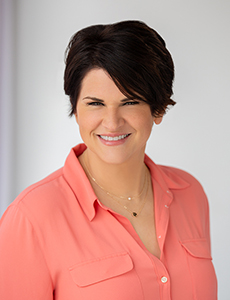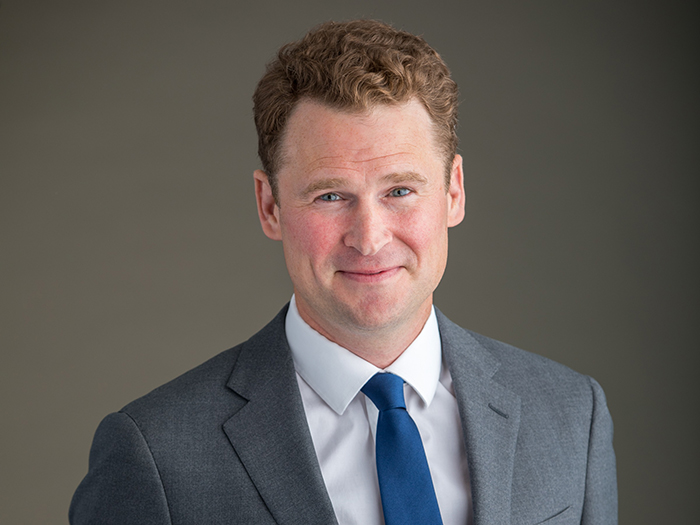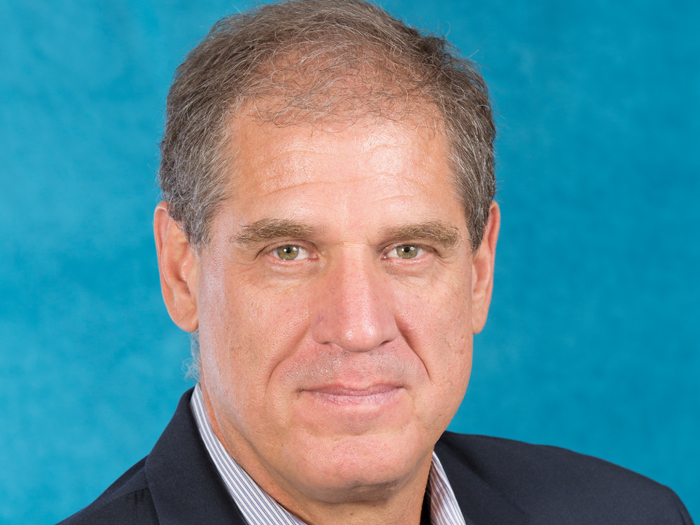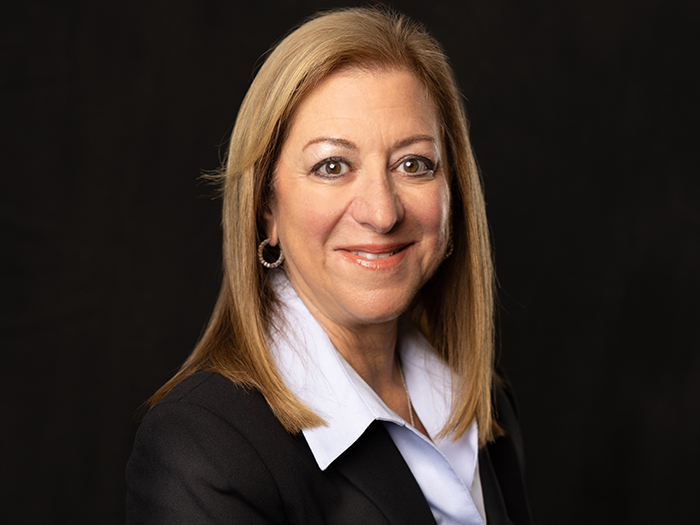Effective Claims Resolution Starts Well Before Any Loss. What These Carriers and Brokers Had to Say

All carriers and brokers encourage their insureds to read and understand their policies. Claims resolution relies on all the work after that.
At best, when a claim occurs it is swiftly paid and insureds understand their policy language and feel protected by it. In the worst cases, insurers and insureds spar over what is and isn’t covered. Disagreements can spiral into litigation, leaving all parties frustrated.
While some claims issues arise out of different understandings of policy language, often the disagreement about the claims process itself.
“Often the issue is not a dispute about whether or how much a loss is covered or not,” said Kimberly R. Vaughn, vice president of claims experience and customer analytics at Amerisure. “There is agreement between the policyholder and the carrier about that. Rather the issue is the claims management process. That could range from how expeditiously the claim is being handled to whether to settle or go to trial.”
Consequently, carriers will want to make sure they begin conversations about the claims process early on in their relationships with clients. More clarity, in Vaughn’s experience, can lead to better outcomes.
Start Claims Management Today
Effective resolution strategies starts early — often even before a claim is filed. During the underwriting process, prospective insureds and their brokers should be meeting with folks on the carrier-side to understand how the claims management team will operate if a loss occurs.
“It starts during underwriting, when our underwriters and claims professionals meet with the prospective insured and its broker to understand the insured’s business, loss history and risk management approach – and to discuss our hands-on claims proposition,” said Beth Diamond, group head of claims at Beazley.
“It is often during those early meetings that we discuss logistics around claims notification, selection of defense counsel, partnership throughout the claims process, and other key interactions. It is important for us to hear from the insured about what has worked, and what has not, in its past claims experience. These early discussions set expectations, including ensuring the claims process fits the needs of the individual insured.”
“Walking clients through our claims process before losses are incurred, and sharing pre-loss risk aversion practices, help both insurer and insured navigate complexities once a loss arises,” added Anthony Vidovich, chief claims officer for general insurance at AIG.
“Strong pre-loss relationships help our technical claims handlers work together with risk managers to respond to first notices of potential or actual losses and enable fair and prompt resolution. Outside of claims, loss prevention teams are available to our underwriters and insureds.”
The differences in claims resolution are as numerous as there are losses. Insureds will need to understand how claims management teams from different departments will manage their claims upfront.
From a claims perspective, there are definitely opportunities among brokers, insureds, and carriers to walk through the process in advance of a claim, said Robert Romeo, senior vice president of healthcare and casualty claims at Berkshire Hathaway Specialty Insurance, “so that the first contact is not when the world is on fire. That walk-through is the opportunity to set expectations on all sides, to understand the who and the how.”
That starts with the broker at inception or renewal, Vaughn explained. “We ask brokers about the goals of the prospect and about their history of losses and claims. A lot of forms are fairly standard across the industry, so what makes the difference is the personality of the carrier and how it meshes with that of the insured.”
What to Do When a Dispute Arises
Despite best efforts on the part of insurers, clients will still bring forward claims disputes. When that happens, it is often possible to pull things out of the fire so long as you make communication a top priority.
“You have got to communicate. It is unwise to assume that all parties have the same information and analysis, so you have to communicate constantly. And everyone needs to remember that while there may be differences of perspective, ultimately you are all on the same team,” Vaughn said.
By and large, policy language is written to be as clear as possible about what is covered and what is not, Max Koonce, chief claims officer, Sedgwick, said. The onus is on the claim professionals to demonstrate their expertise. Collaboration between departments has proved effective as a workers’ comp adjuster may have a different perspective than those working in the general liability or property spaces.
“Lines of business also vary greatly,” said Vaughn. “Claims management in workers’ comp is very different from the way it works in general liability or property. What matters is how to try to prevent conflict in the first place, and how to resolve it quickly if it does arise.”
Claims managers from different departments can also share what they’ve found effective for a particular industry. An approach, Koonce said, has worked well for Sedgwick.
“It begins with the individual examiners and case managers, and their ability to ask different questions … Together they have such a depth and breadth of experience across sectors of the economy, from health care to retail to manufacturing. It’s important to know what has worked for similar companies,” said Koonce.
“Where things get into questions is when there are events that we’ve never seen before. That can be an individual situation in a specific claim, or it can be a broader issue, such as business-interruption during the pandemic. That question of policy language has been predominantly settled by the courts in favor of the insurer, although not interpreted in the same manner by many insureds.”
As with most organizations, there are also intervention steps when early signs show a claim becoming difficult. “It begins with the examiners,” said Koonce. “When they deem things are not going down the amicable path, they elevate those concerns to the manager who brings in additional resources.”
“An early sign of trouble is when we receive a policy limit demand in a venue that is notoriously adverse to the defense and/or insureds,” said Rob Riccobono, senior vice president, North American Claims Group, for Allied World.
“The insurance industry can’t pay policy limit demands every time, as this drives up the cost for the insured, so our approach is to analyze the facts and circumstances of the claim and try and have an open dialogue with the policyholder about the merits of the claim and our litigation/settlement strategy,” Riccobono said.
“Additionally, we ensure that the defense counsel is communicating with the insured by providing regular updates,” he added.
Data Steps In
While the relationship management piece of claims management seems more art than science, Koonce noted that the hard science of data processing has become a highly effective tool for heading off trouble.
“In today’s business we try to catch things at entry. We use predictive modeling, machine learning, and Big Data analysis. There are triggers that are immediately pushed forward to the examiners with ready reference to resources.”
Data processing is particularly effective in workers compensation claims, Koonce added.
“There can be a run-of-the-mill injury, and then something in the course of treatment, or prescriptions, or the return-to-work plan is not on track.”
If a claim does end up in court, data analysis may just be an insurers’ saving grace. “We all know that claims become exponentially more expensive once things have gotten to court,” said Koonce.
“That is another situation where data analysis is so important. We have data to predict possible outcomes, and resources to avoid litigation.”
What to Do When a Claim Goes Awry
Despite all the collaborations and interventions, some claims seem destined for litigation.
While such collaboration certainly facilitates claims resolution in most cases, it is inevitable that complications arise. “In the life of claims there are friction points,” Romeo noted philosophically.
“We are big believers in having direct discussions and hashing things out. In my experience most of the friction points are the result of a lack of information, or a difference of perspective. Reasonable minds can have different ideas. But even so, there is usually an opportunity for mutual agreement.”
Some of those differences of opinion arise from policy language. “I am not an underwriter,” Romeo explained, “but from a claims perspective, I can see that in crafting policy language it is difficult to contemplate every situation. At BHSI both underwriting and claims talk about risks and about what we expect to see before we write a risk. That way, when claims come, it is something we anticipated and priced for.”
To reduce friction rooted in policy language disputes Vaughn recommends employing an underwriting team that is committed to understanding each insured’s specific business. That way, they can hopefully stem future disagreements over wording.
“It is important for our underwriters to understand the specific insured’s business,” Vaughn noted, not just that type of company or industry. “That means understanding the possible sources of disagreements. At Amerisure, our underwriters have a close relationship with our claims group.”
Notably, Romeo includes brokers in the relationship with customers.
“Involvement of brokers runs the gamut,” he said. “Sometimes a broker only does periodic check-ins, or provides the original notice of a claim, but others are actively engaged with underwriters and our mutual customers, the insureds. That can include planning strategy or selecting counsel.”
Speaking for his company, and not necessarily all carriers, Romeo stated, “we welcome that broker participation. They have a seat at the table, and we are happy to have their expertise and perspective. Third-party claims administrators are also part of the team approach. They definitely fill a need and provide a service.”
Most broadly Romeo reiterated that it’s important to remember the mutual goal of insureds and carriers: “When there is some question on coverage, that is where we need discussion. It is usually possible to work through a loss,” rather than deny a claim outright,” Romeo said.
“Every claim is an opportunity for us to work with our insureds. The goal of every claim is for the insured to get the outcome that is mutually beneficial.” &













